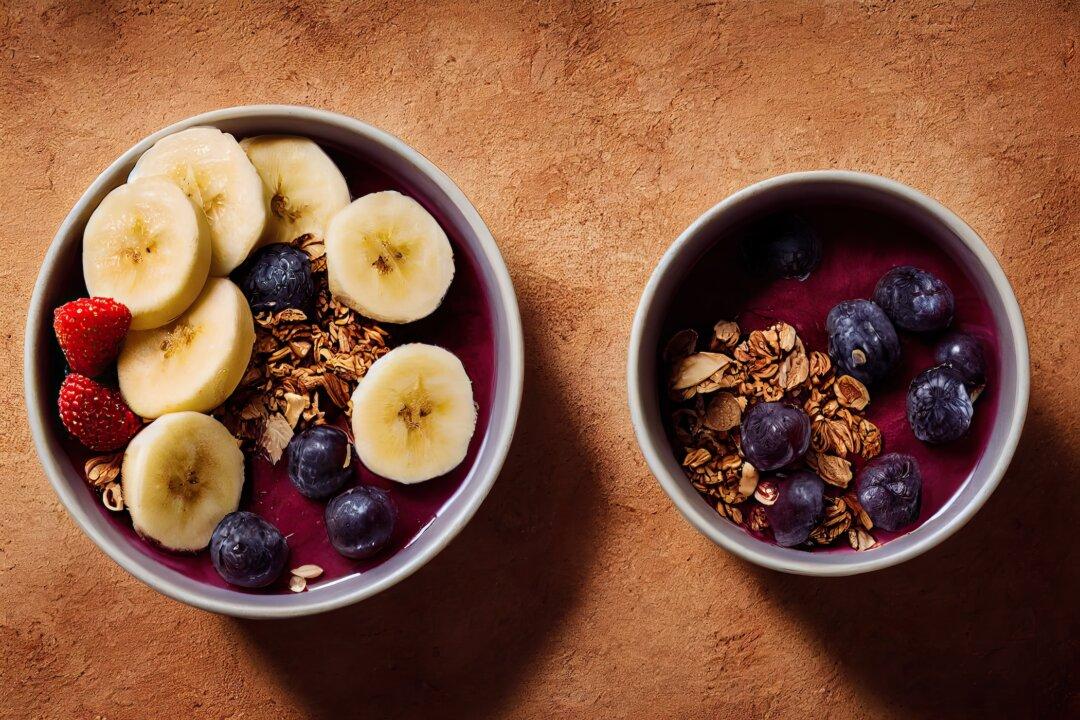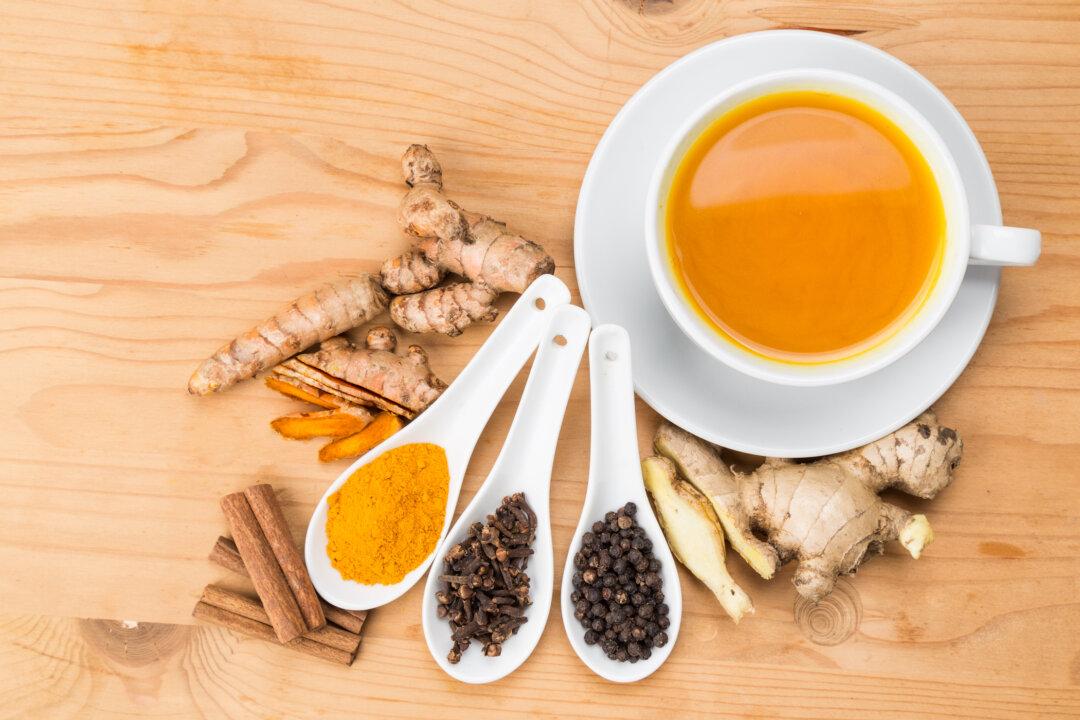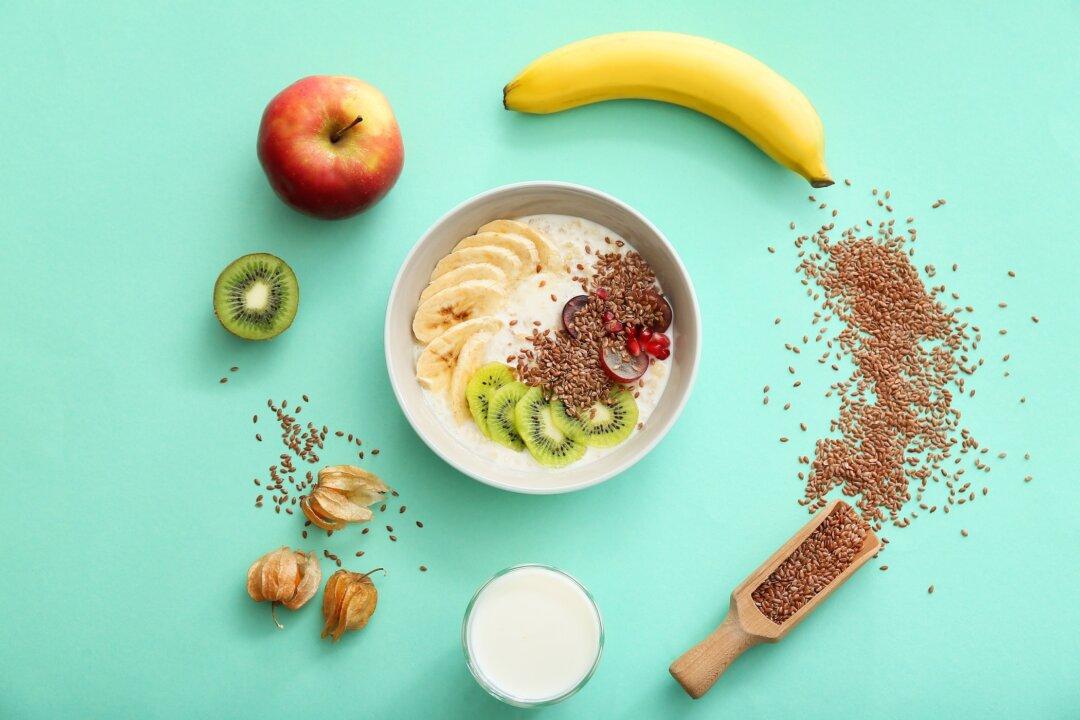What are the effects of açai berries, cooked and raw blueberries, grapes, cocoa, green tea, and freshly squeezed orange juice on artery function?
Foods rich in polyphenols are known to improve brain health, and açaí berries contain lots of polyphenols and antioxidants, so perhaps that’s why they could be beneficial. If you’re only looking at polyphenols, though, there are more than a dozen foods that contain more per serving, such as black elderberry, regular fruits such as plums, flaxseeds, dark chocolate, and even just a cup of coffee.
Michael Greger, MD, FACLM, is a physician, New York Times bestselling author, and internationally recognized professional speaker on a number of important public health issues. He has lectured at the Conference on World Affairs, the National Institutes of Health, and the International Bird Flu Summit, testified before Congress, appeared on “The Dr. Oz Show” and “The Colbert Report,” and was invited as an expert witness in defense of Oprah Winfrey at the infamous “meat defamation” trial. This article was originally published on NutritionFacts.org
Author’s Selected Articles






